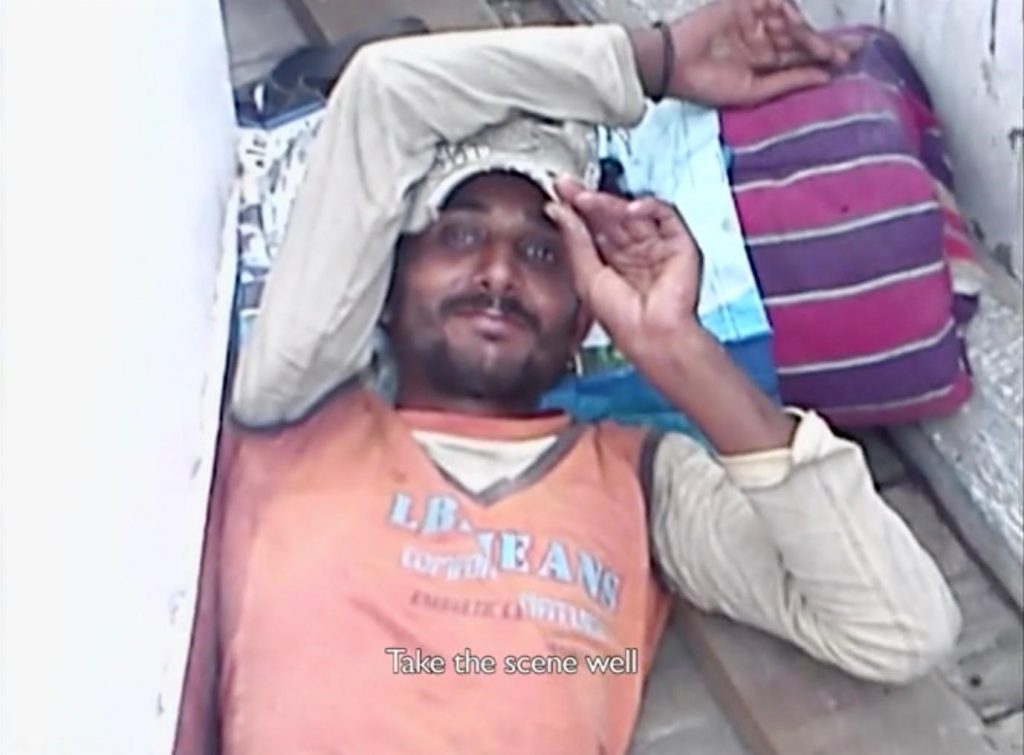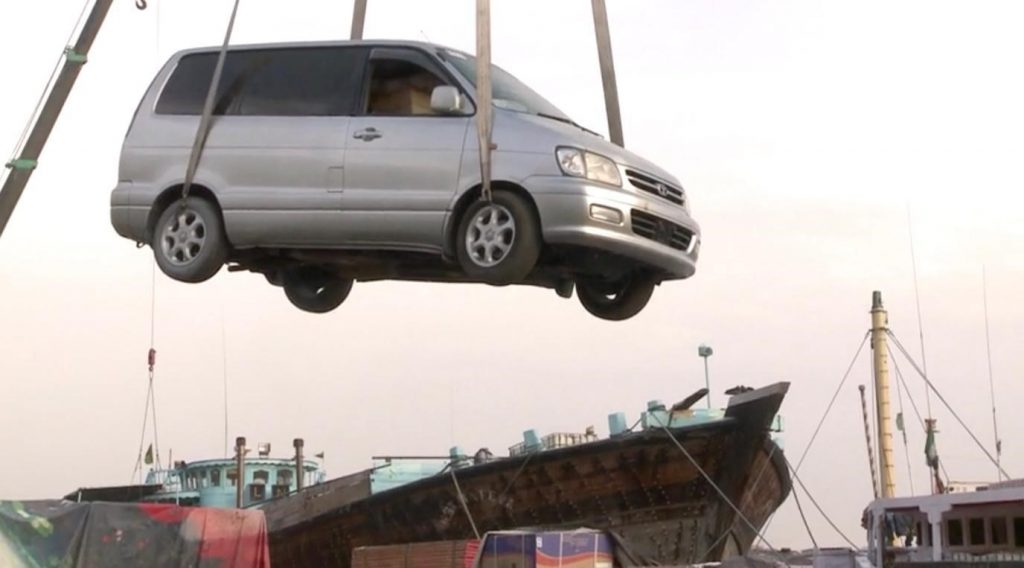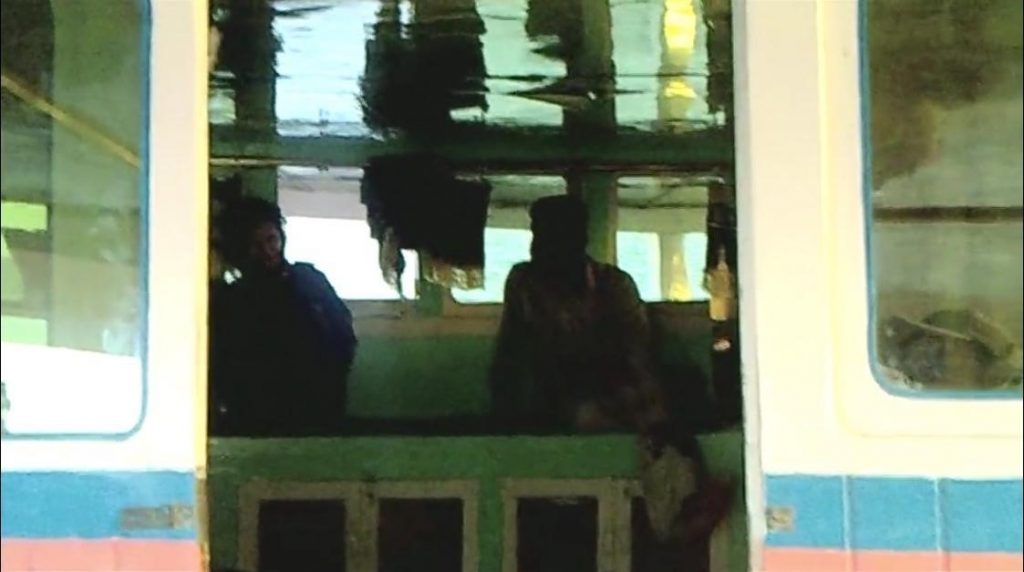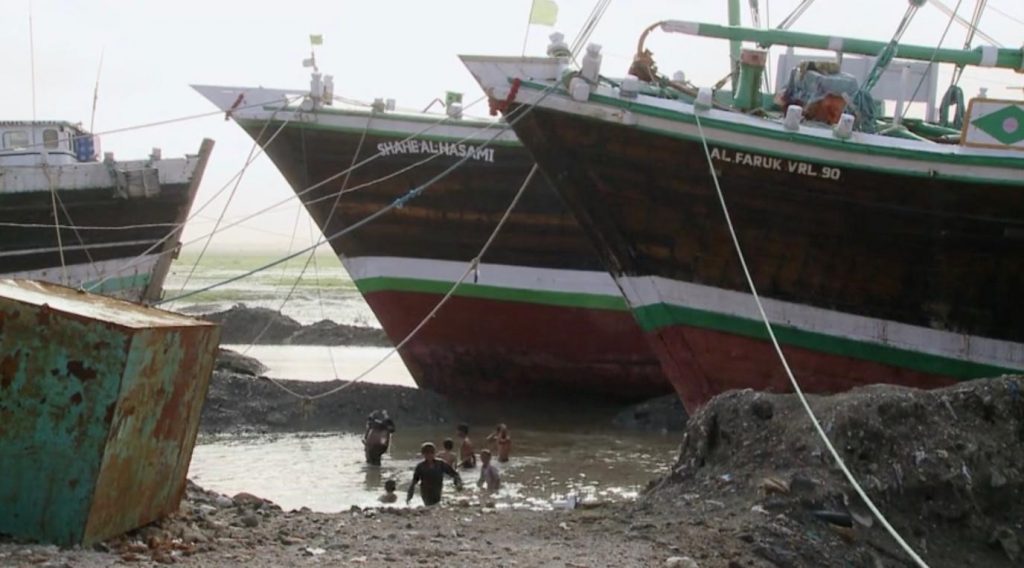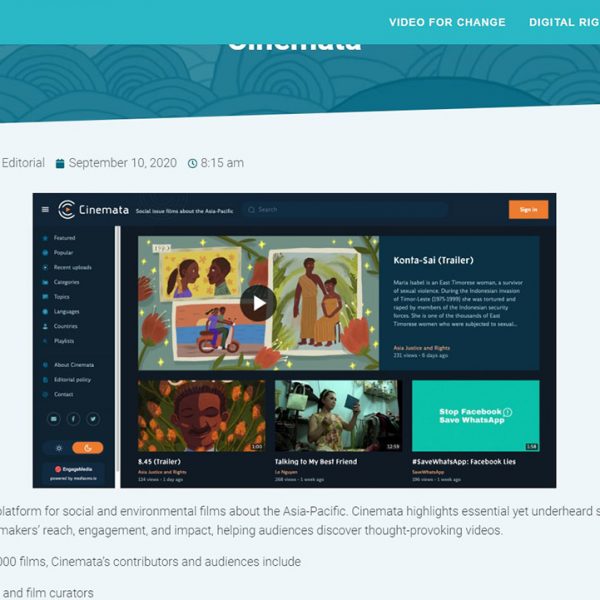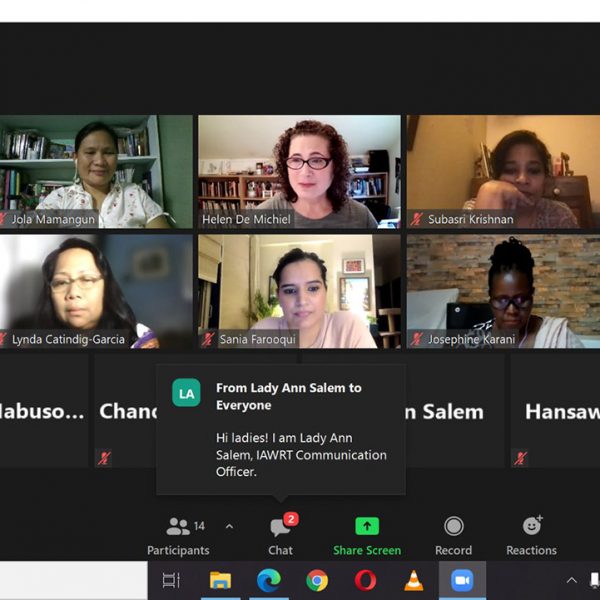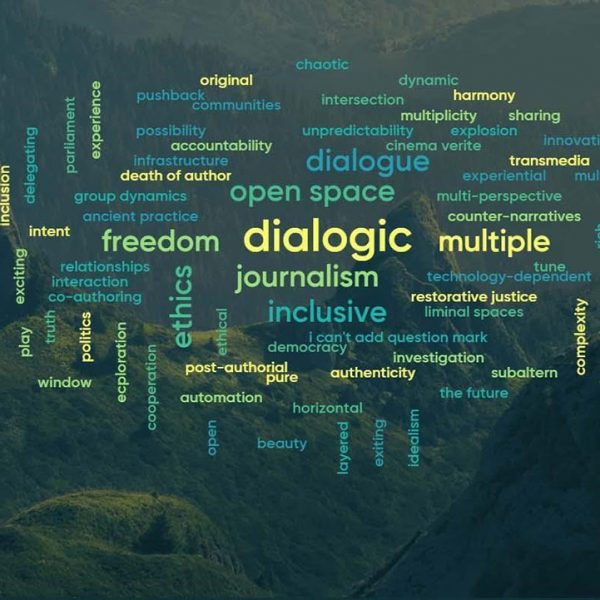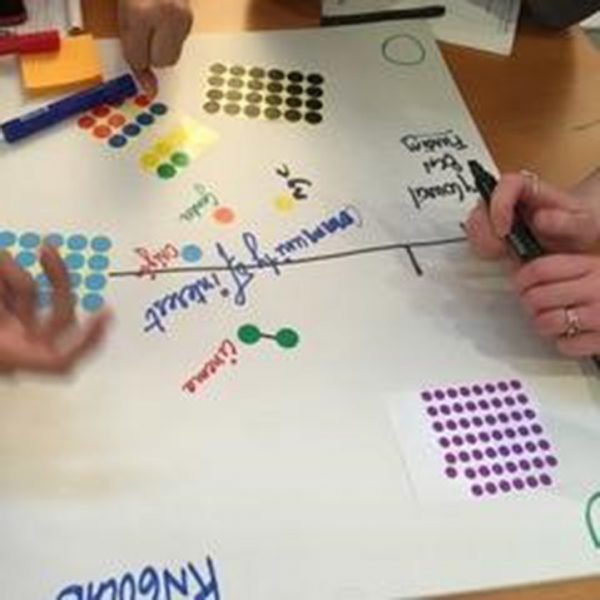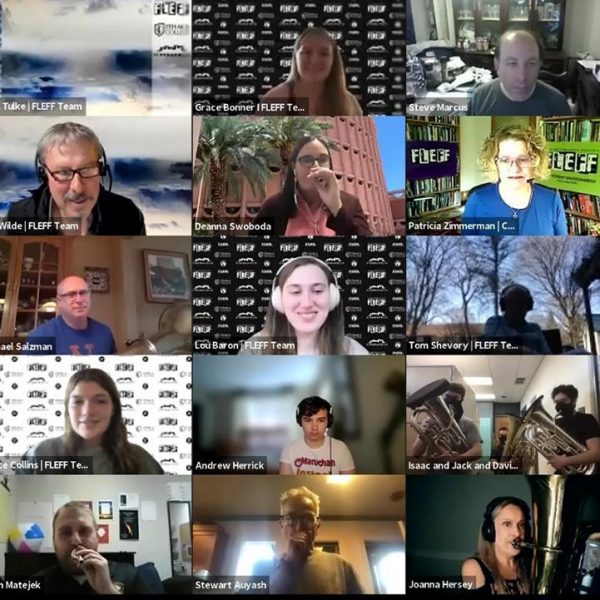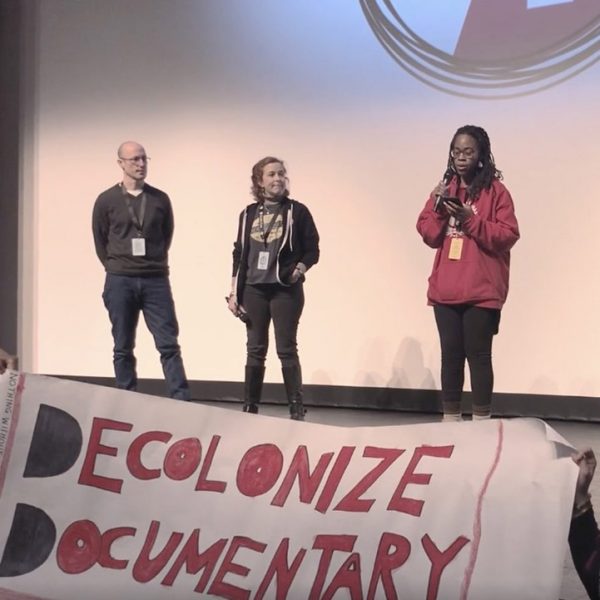Founded by Shaina Anand and Ashok Sukumaran, CAMP launched pad.ma as an annotated, open-access archive of state and independent documentaries. Pad.ma makes material accessible to anyone with internet access, much like RAQS’ work on Sarai’s free-to-download readers of critical theory—the first aptly titled The Public Domain (2001).
On one level, these collectives embrace what Ravi Sundaram (Pirate Modernity: Delhi’s Media Urbanism, 2010) calls “pirate modernity”—media, software, and technologies, pirated by subaltern communities. Their informal dwellings and livelihoods operate according to a jugaado (“make-do”) logic by appropriating and recycling. They also claim domain over increasingly privatized urban environments in post-liberalization India.
On another level, these collectives are aware that visibility exposes communities to predatory foreign investment schemes and NGOs that have driven urban migration long before IMF-sanctioned liberalization. Adivasi (indigenous peoples called “Scheduled Tribes”), Dalits (lowest caste Hindus), and Muslims are disproportionately vulnerable, often migrating to other states within India or overseas to work.
Translating and interpreting subaltern perspectives is perhaps as undesirable as it is impossible. The politics of co-creation between internationally recognized artists and not-recognized artists makes the process even more complicated.
In the 1990s, Elizabeth and Iftikhar Dadi worked alongside Pakistani truck decoration artists—a metalworker, a painter, and an electrical worker. All were credited as co-creators. The Dadis learned that the art world largely diminished their co-creators to nameless artisans. More significantly, they realized their social position inhibited their co-creators from expressing themselves, a point made by Jamal Elias in On Wings of Diesel: Trucks, Identity and Culture in Pakistan (2011). Co-creation across social differences is invariably unequal and potentially inequitable.
For the Sharjah Biennale in 2009, Anand and Sukumaran co-created Wharfage from records of trade with Somalia, published as a book, and from radio transmissions of songs and conversations carried over phones and ship radio, compiled into a four-night performance called Radio Meena (“port radio”).
The performance made sailors’ voices audible to pedestrians in Sharjah’s Art District. It introduced Hindi and Urdu, spoken as “a common language,” by Gujarati sailors, Baloch and Pashtun loaders, Sikh truckers, Iranian shopkeepers, and Somali trading agents, into an increasingly gentrified neighborhood.
